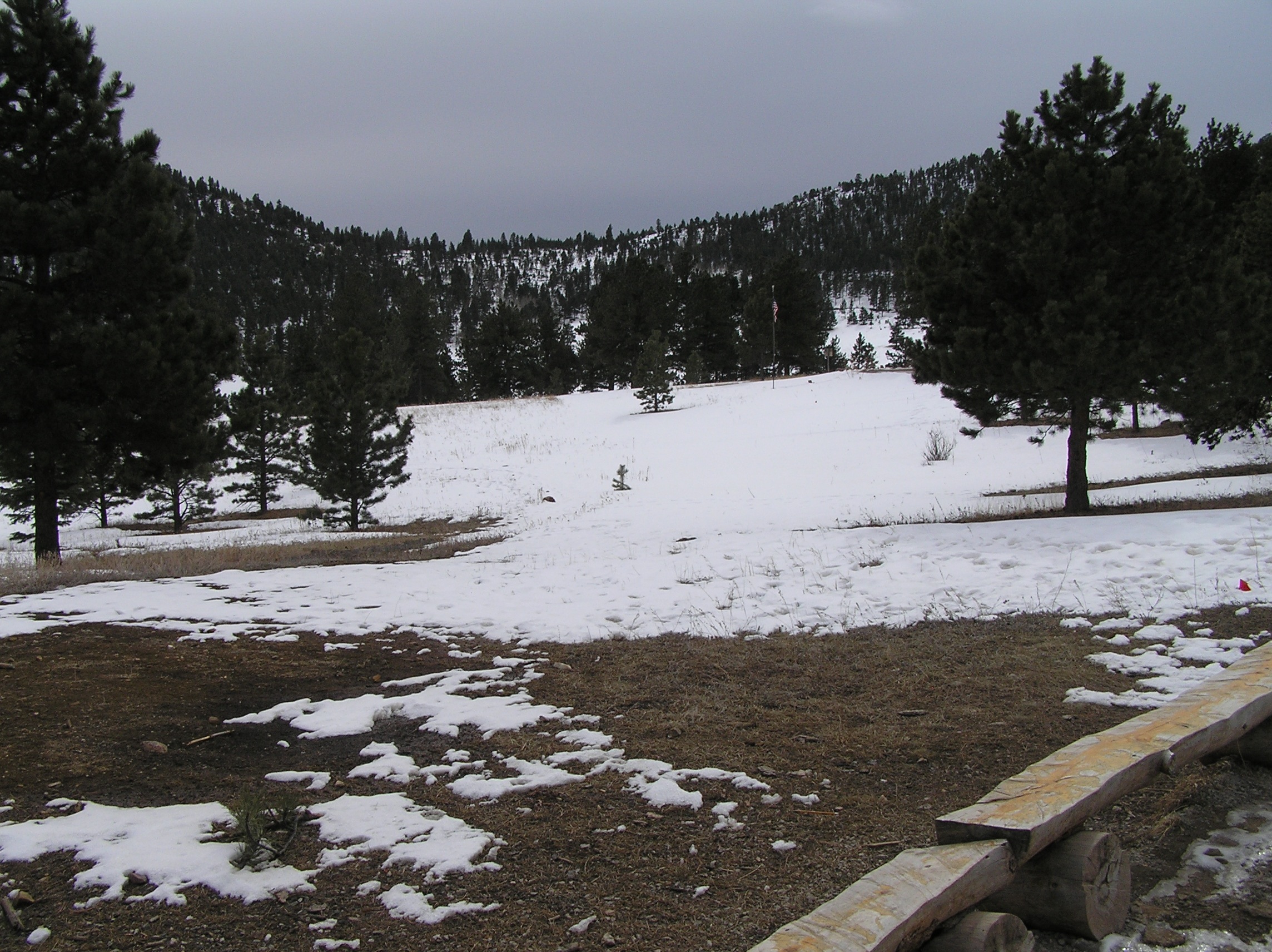Turn on suggestions
Auto-suggest helps you quickly narrow down your search results by suggesting possible matches as you type.
Cancel
- Home
- :
- All Communities
- :
- Industries
- :
- Education
- :
- Education Blog
- :
- Earth Day: GIS Is Green Technology
Earth Day: GIS Is Green Technology
Subscribe
245
0
06-29-2017 12:33 AM
- Subscribe to RSS Feed
- Mark as New
- Mark as Read
- Bookmark
- Subscribe
- Printer Friendly Page
- Report Inappropriate Content
06-29-2017
12:33 AM
What do Earth Day and GIS have in common? Earth Day began in 1970, with one of its goals to help people take steps to ensure that sustainable practices are followed to protect the environment. I like to think of Earth Day as incentive for what we should be thinking about and doing the other 364 days of the year. GIS also began around the same time, during the 1960s, and like Earth Day, its disciplinary roots are older. ESRI began the year before the first Earth Day, in 1969, as an environmental and land use consulting firm. Despite the changes that have taken place since then in how Earth Day is celebrated, and also how GIS is used, they both have empowered people to understand Planet Earth and to do something positive as its inhabitants.
How can GIS be used to benefit the environment? Examine a sample of papers given each year at hundreds of local, regional, nationwide, and international GIS conferences (such as at the ESRI User Conference), books, journals, and articles listed on the ESRI GIS bibliography, and the annual ESRI Map Books. Look at how GIS is used daily by organizations from local to global scale, including departments of natural resources, the Nature Conservancy, and the United Nations Environment Programme. Review the “best practices” booklet showing how GIS is green technology, in which GIS is described as helping site optimal locations for wind turbines and roofs for solar panels, maintaining tree inventories, and improving wetland habitat. But dig deeper than simply topics labeled as “environmental”: When GIS makes vehicle routing more fuel efficient or when GIS restructures city operations so that underground cable upgrades are done before the street over those cables is repaved, those operations are also “green” because they save resources.
All environmental issues have a spatial component. GIS is used for these green applications because it provides a unique, spatial perspective on those issues, promoting creative problem solving. Most of us want a career where we can make a positive difference in the world. Using GIS is not only interesting and marketable—it brightens the future for all of us.
–Joseph Kerski, ESRI Education Manager
You must be a registered user to add a comment. If you've already registered, sign in. Otherwise, register and sign in.
About the Author
I believe that spatial thinking can transform education and society through the application of Geographic Information Systems for instruction, research, administration, and policy.
I hold 3 degrees in Geography, have served at NOAA, the US Census Bureau, and USGS as a cartographer and geographer, and teach a variety of F2F (Face to Face) (including T3G) and online courses. I have authored a variety of books and textbooks about the environment, STEM, GIS, and education. These include "Interpreting Our World", "Essentials of the Environment", "Tribal GIS", "The GIS Guide to Public Domain Data", "International Perspectives on Teaching and Learning with GIS In Secondary Education", "Spatial Mathematics" and others. I write for 2 blogs, 2 monthly podcasts, and a variety of journals, and have created over 5,000 videos on the Our Earth YouTube channel.
Yet, as time passes, the more I realize my own limitations and that this is a lifelong learning endeavor and thus I actively seek mentors and collaborators.
Labels
-
Administration
38 -
Announcements
45 -
Career & Tech Ed
1 -
Curriculum-Learning Resources
179 -
Education Facilities
24 -
Events
47 -
GeoInquiries
1 -
Higher Education
519 -
Informal Education
266 -
Licensing Best Practices
46 -
National Geographic MapMaker
17 -
Pedagogy and Education Theory
187 -
Schools (K - 12)
282 -
Schools (K-12)
185 -
Spatial data
24 -
STEM
3 -
Students - Higher Education
231 -
Students - K-12 Schools
86 -
Success Stories
22 -
TeacherDesk
1 -
Tech Tips
83
- « Previous
- Next »
